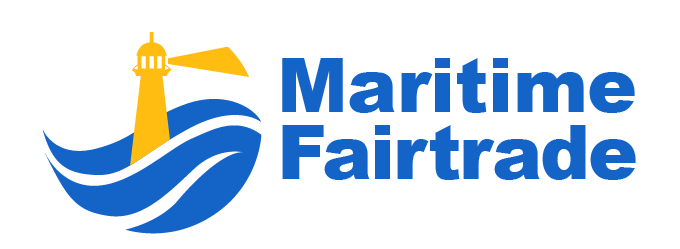Lee Kok Leong, our special correspondent, talks to Vinita Venkatesh, director of Navayuga Container Terminal (NCT) at the Krishnapatnam Port, about India’s container shipping industry.
NCT is a privately built and owned all weather, deep water port on the east coast of India, located in the Nellore District of Andhra Pradesh. NCT, a transshipment hub, is one of the most technologically advanced container terminals in India.
Vinita is a graduate of the Indian Institute of Management, Ahmedabad and has been handling various functions in the cargo logistics industry for over 25 years.
What is the current state of container shipping in India?
NCT: Very positive and encouraging. Volumes growth is looking good and the relaxation of cabotage restrictions has provided opportunity for container liners to increase the efficiency of their Indian port networks.
(Editor’s note: Since May 2018, foreign-flagged ships will no longer need to obtain a license from India’s Director General of Shipping to transport local container cargo from one domestic port to another. One benefit is lower cost for shippers.)
Your opinion on the outlook?
NCT: We are certainly at an exciting time in the history of container shipping in India. The several proactive policy measures taken by the government by way of cabotage relaxation, development of inland waterways, and the Sagar Mala project will help the industry to surge ahead in the coming five years.
With a stable government presence at the center, all players in the supply chain will benefit in a holistic manner.
(Editor’s note: The governmental Sagar Mala project is a flagship initiative to enhance the performance of the country’s logistics sector by unlocking the potential of waterways and the coastline.)
What are the challenges facing the container shipping industry?
NCT: I would use the term opportunities rather than challenges. With the increase in intra-Asia trade, the port capacity available on the eastern corridor of India is well positioned to support volume growth.
India’s eastbound trade will benefit from congestion-free port infrastructure. The port-led development policy of the government is expected to show results in the coming five years.
This can be seen in investment in manufacturing facilities close to ports which augurs well in terms of incremental volume for ports and the container shipping industry.
How is NCT capitalizing these opportunities?
NCT: At NCT, we are geared up and ready to provide container shipping lines with the best infrastructure. Our terminal capacity is being further strengthened from 1.2 million TEU to 2 million TEU with a continuous berth length of 900 meters and 16 meters draft. We will have an addition three quay cranes to bring the total to eight SPP twin lift quay cranes by the beginning of 2020.
On the land side connectivity, the four-lane road approach to the port is undergoing expansion to six lanes and work is already underway. Also, we are working with the Container Corporation of India to provide rail connectivity to Inland Container Deport Hyderabad.
On the seaside, there is a good network of transshipment feeders operating to upper Bay of Bengal ports like Kolkata and Haldia. We hope to extend feeder connectivity to Chittagong shortly.
What are the notable good practices in NCT that help to raise efficiency?
NCT: Our hallmark is a customer–centric operations approach. It means that our operations are continuously agile so as to blend in with the customers’ requirements. For example, as we are hearing increasing requests from customers for warehousing space, we have built three new warehouses of 5,875 sqm each close to our container terminal. These are operational from August 2019.
Similarly, when our shipping line customers indicated a requirement for reefer transshipment services, we upgraded the available reefer points to 200.
For the shipping agents/forwarders/trailer operators/custom house agents, we are continuously developing and upgrading our online interfaces to reduce the need for physical documentation and payments.
We see ourselves as one of the elements in our customers supply chain. We believe by constantly putting efforts towards improving our efficiency will lead to efficiency in our customers’ supply chain.










